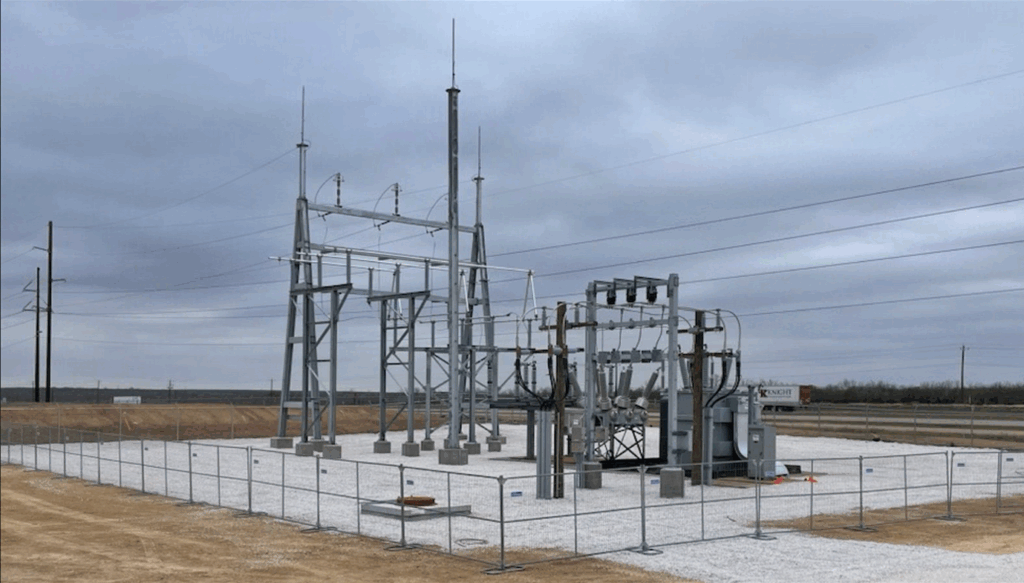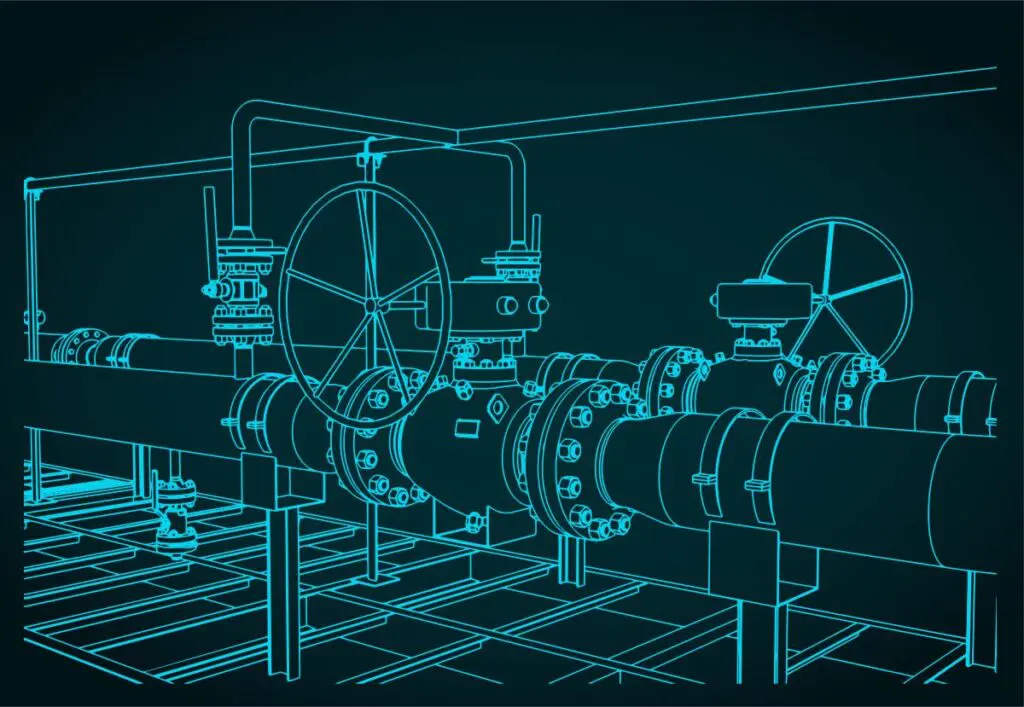

Want to share this article?
Professional Right-of-way Services Vital to Project Timelines
Oil and gas projects — especially those that span across several property lines — require significant planning and analysis before construction can even begin.
The legal placement of power lines, pipelines, pump stations, and communication infrastructure depends on a series of planning, surveying, negotiations, and permitting steps. These steps tie into the concept of “right-of-way,” a legal right to use another person’s land in a designated way.
Most right-of-way planning occurs at the beginning of a project timeline to allow project goals, requirements, and cost estimations to be assessed while project development is still ongoing. A primary route plan is created based on preliminary field data, with secondary options also being developed in case ownership disputes, environmental analyses, and geological challenges prove difficult to overcome.
Thorough right-of-way research must be conducted to ensure cost overruns and legal issues don’t persist throughout the project. Pipeline projects, for example, traverse numerous property lines, necessitating significant research of land ownership and ethical negotiation with land owners. Easements must be negotiated, valuated, instated, and enforced to ensure construction moves smoothly on the property. Leases may also be negotiated when easements aren’t appropriate. All these negotiations must be documented as part of the right-of-way process, typically stored in a document management system with some sort of audit controls.
Of course, even after right-of-way negotiations are concluded, several types of permitting are required, depending on the scenario. Non-environmental permitting such as construction permits and transportation permits allow for builds to begin and product to be moved afterwards. Permits for drilling and other oil and gas development must be obtained from the U.S. Bureau of Land Management. State and federal environmental permits must be determined as well. In the state of Tennessee, for example, solid waste- and water resource-specific environmental permits may be required depending on the operation. In the case of pipelines, additional paperwork must also be filed with the Federal Energy Regulatory Commission.











